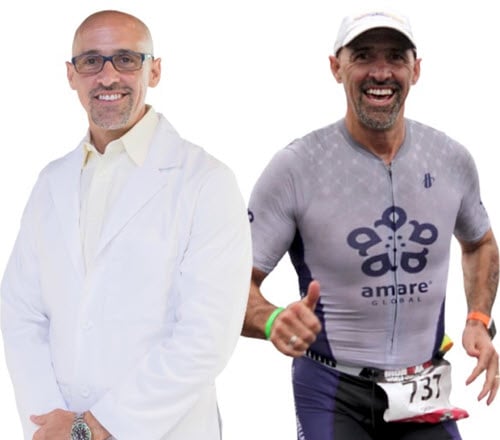Want to feel better than you’ve ever felt? Here’s another excerpt from my 10th book, The Secret of Vigor – How to Overcome Burnout, Restore Biochemical Balance and Reclaim Your Natural Energy Some of the most popular New Year’s resolutions every year are: *Lose Weight *Get in Shape *Reduce Stress *Get Healthier *Win the Lottery
Restoring Vigor—The Four Pillars of Health
Want to feel better than you’ve ever felt? Here’s another excerpt from my 10th book, The Secret of Vigor – How to Overcome Burnout, Restore Biochemical Balance and Reclaim Your Natural Energy Some of the most popular New Year’s resolutions every year are: *Lose Weight *Get in Shape *Reduce Stress *Get Healthier *Win the Lottery
Look Good or Feel Good – Can You Have Both?
Yesterday, I did a longish interview with an editor at one of the big beauty magazines (I’ll link to the article when it comes out). She wanted me to recommend my “top 3 beauty tips” for the new year – based on my book Cortisol Control and the Beauty Connection about how stress/cortisol can lead
Train Your Brain to Build Vigor – Gratitude and Mindfulness
Want to feel better than you’ve ever felt? Here’s another excerpt from my 10th book, The Secret of Vigor – How to Overcome Burnout, Restore Biochemical Balance and Reclaim Your Natural Energy Some of the most popular New Year’s resolutions every year are: *Lose Weight *Get in Shape *Reduce Stress *Get Healthier *Win the Lottery
Switches and Thermostats—Adjusting Your Brain Chemistry
Want to feel better than you’ve ever felt? Here’s another excerpt from my 10th book, The Secret of Vigor – How to Overcome Burnout, Restore Biochemical Balance and Reclaim Your Natural Energy Some of the most popular New Year’s resolutions every year are: *Lose Weight *Get in Shape *Reduce Stress *Get Healthier *Win the Lottery
Page [tcb_pagination_current_page] of [tcb_pagination_total_pages]
